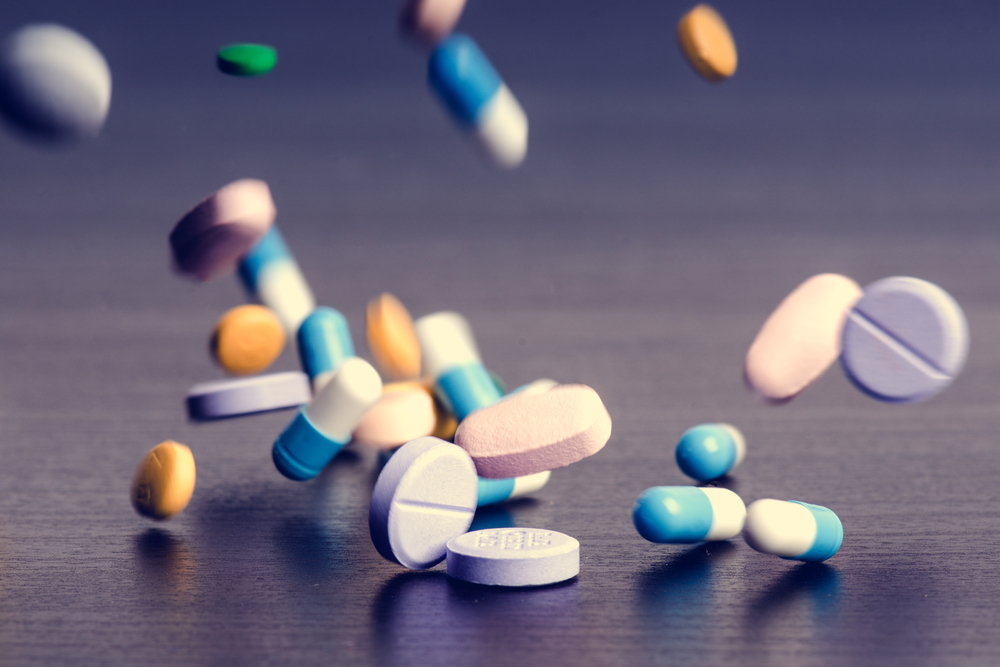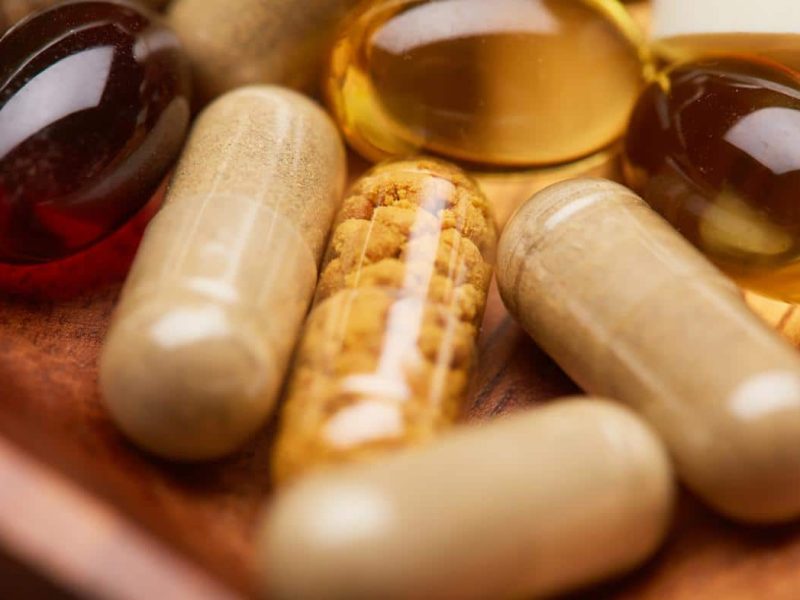The body does to the drug, which means the effect of the body on the drug. If a drug enters the body, it undergoes pharmacokinetic and pharmacodynamic reactions. Pharmacokinetics means what the body does to the drug, and Pharmacodynamics means what the drug does to the body. The pharmacokinetics of the drug include Absorption, Distribution, Metabolism, and Elimination.
Absorption
Absorption means the movement of the drug from the site of administration to the systemic circulation. The cell wall consists of a Hydrophilic head (attracted to water) and a Hydrophobic tail (repelled by water). The drug should be absorbed in the unionized, nonpolar, and lipophilic in nature. Lipophilic drugs do not require energy to permeate into cells, whereas hydrophilic (ionized and polar) drugs require energy to permeate into cells, and they have to cross several biological membrane barriers. The rate and extent of the drug that reaches the systemic circulation are referred to as Bioavailability. The bioavailability is expressed in percentage. The fastest routes of administration are intravenous and intraosseous. The action will result within 30 to 60 seconds. For this reason, the most desirable route for administering the antidote of the drug is IV. The inhalational and endotracheal routes of action will be seen in 2 to 3 minutes. The sublingual tablets act within 3 to 5 minutes. The rectal route of administration results in actions within 5 to 30 minutes. The subcutaneous route of administration results in 15 to 30 minutes, as well as the intramuscular acted with in 10 to 20 minutes. The sublingual route and intravenous route have 100 percent bioavailability.
Distribution
Distribution means the drug reaches the blood by different routes and is distributed between various tissues in the body. The extent of distribution is determined by the volume of distribution. The volume of distribution is the mathematical relationship between the amount of drug in the body and the concentration of the drug in the blood. A low volume of distribution means the drug is hydrophilic, and drugs are less bound to plasma proteins and tissue components. A higher volume of distribution means the drug is lipophilic and highly bound to tissue components and plasma proteins.
Metabolism
Metabolism is the biotransformation. Metabolism inactivates drugs and prepares the drug for elimination, except for prodrugs. Metabolism converts lipid-soluble substances to water-soluble substances. The major sites of metabolism happen in the liver, skin, lungs, kidney, etc. In the case of prodrugs, upon metabolism, they are converted to their active form.
Elimination
Elimination is the removal of the drug from an organism, either in an altered form or as modified metabolites. The kidney is the major excretory organ, and others are lungs, liver, skin, etc.


